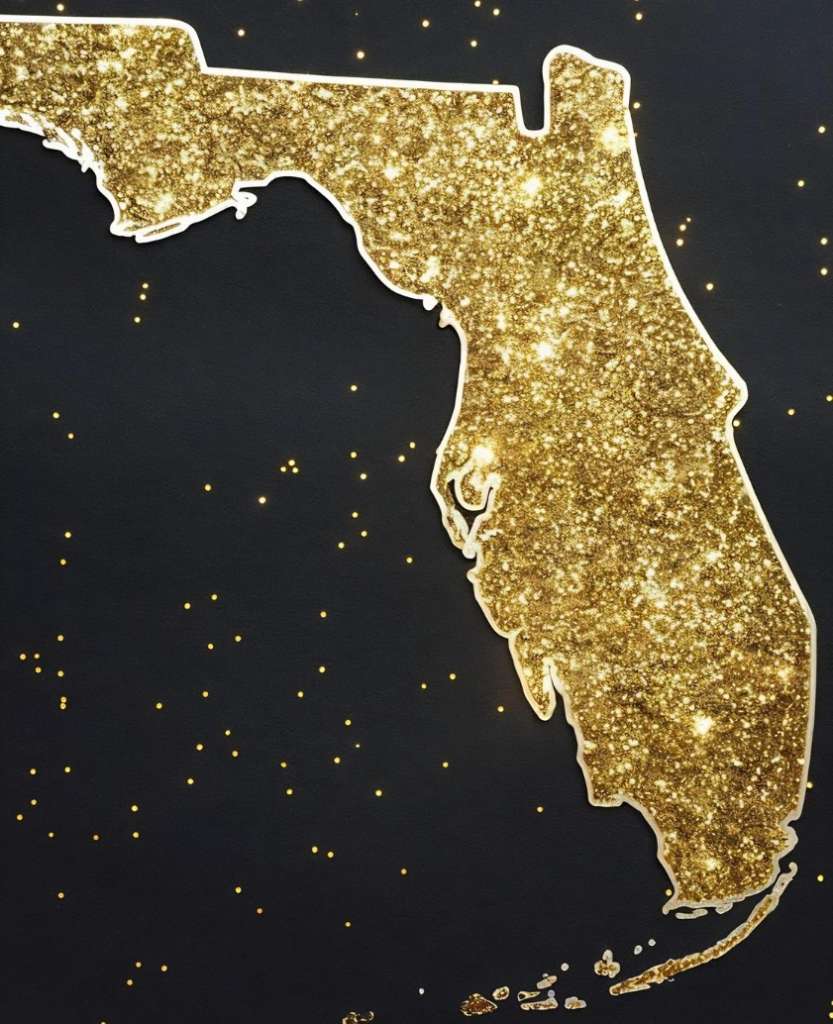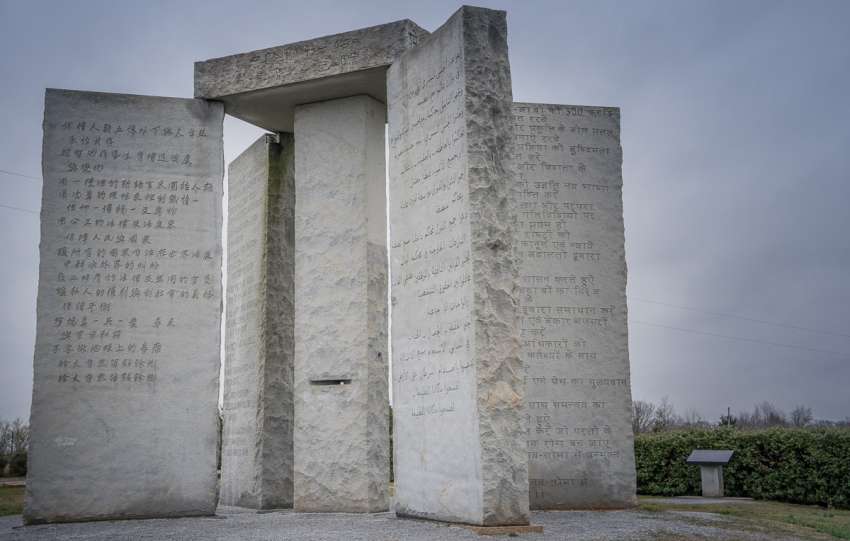Miami, a city synonymous with sun, sand, and luxury, is grappling with an unintended consequence of climate change: the displacement of long-time residents due to rising property values. As sea levels climb and flooding becomes more frequent, certain neighborhoods are experiencing a paradoxical transformation, with lower-income communities becoming increasingly desirable to wealthier buyers.

The Lure of Higher Ground
Historically underserved neighborhoods like Little Haiti, Overtown, and Liberty City, once overlooked by developers, are now attracting affluent buyers due to their higher elevation. These areas, less prone to flooding, offer a refuge from the rising tides that threaten coastal properties.
“These areas, previously overlooked, are now valued for their higher elevation away from flood-prone zones, which leads to development pressure,” Said real estate analyst. This influx of wealthier residents is driving up property values and taxes, creating a stark divide within the city.
A Tale of Two Cities
The disparity is evident in the numbers. Real estate in Miami-Dade County’s higher elevation areas has appreciated at a faster rate since 2000 compared to other parts of the county. Meanwhile, neighborhoods like Little Haiti, with a predominantly lower-income population, are experiencing a surge in property taxes. Residents in northwest Miami 33127 ZIP code, encompassing parts of Allapattah, Liberty City, and Little Haiti, have seen their property tax bills skyrocket by 60% between 2019 and 2023, far exceeding the county and national averages.
This rapid escalation in property costs is placing immense strain on long-time residents. Many are renters, unable to capitalize on the rising property values. The irony is palpable: those most vulnerable to the effects of climate change are being forced out by the very factors protecting them.

Gentrification and Displacement
The influx of wealthier residents into these neighborhoods is fueling gentrification, a process that often displaces long-term residents. The character of these communities is changing, with new businesses, restaurants, and housing developments catering to a more affluent clientele. While this can bring economic benefits, it also erodes the cultural fabric and sense of community that defines these neighborhoods.
A Call for Equitable Solutions
Addressing the complex interplay between climate change, gentrification, and economic inequality in Miami requires multifaceted solutions. Protecting vulnerable communities, ensuring equitable access to affordable housing, and investing in infrastructure to mitigate the effects of climate change are crucial steps.
The city must also focus on initiatives that support small businesses owned by long-term residents, preserving the cultural heritage of these neighborhoods. Additionally, exploring alternative housing models, such as community land trusts, can help prevent displacement and maintain affordability.
Miami’s transformation is a stark reminder of the challenges posed by climate change. Finding solutions that balance economic growth with social equity will be essential for the city’s future.
“Miami’s rising tides are reshaping the city, exacerbating inequality. Protecting vulnerable communities and finding equitable solutions are crucial for a sustainable future.”






